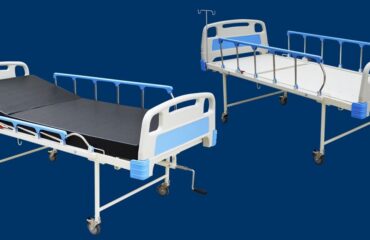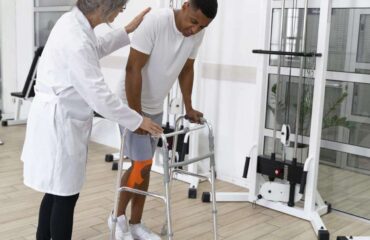Hospital furniture refers to the specialized furniture and equipment used in healthcare facilities such as hospitals, clinics, and medical centers. These pieces of furniture are designed to meet the specific needs of healthcare professionals, patients, and visitors. Some common types of hospital furniture include:

Hospital Beds
These are adjustable beds used for patient care, including regular hospital beds, ICU beds, pediatric beds, and specialized beds for bariatric patients.
Examination Tables
These tables are used in examination rooms for patient consultations and medical examinations. They are designed to be comfortable for patients and easy for healthcare providers to use.
Chairs
Various types of chairs are used in hospitals, including patient chairs for waiting areas, treatment chairs for procedures, and ergonomic chairs for healthcare professionals.
Cabinets and Storage Units
Hospital cabinets and storage units are used to store medical supplies, equipment, and patient belongings. They help maintain a clean and organized healthcare environment.
Trolleys and Carts
These mobile units are used to transport medical supplies, medications, and equipment throughout the hospital. Examples include medication carts, linen carts, and crash carts.
Overbed Tables
These tables are placed over hospital beds to provide a convenient surface for patients to eat, read, or work on laptops.
Privacy Screens
These screens are used to create private spaces for patient examinations or to divide shared spaces in hospital wards.
Medical Recliners
These chairs are designed for patient comfort and are often used in recovery areas, infusion centers, and maternity wards.
Stretchers
Stretchers are used for transporting patients within the hospital or between healthcare facilities. They are designed to be comfortable and safe for patients during transit.
Hospital Furniture Accessories
This includes items such as IV poles, bedside tables, footstools, and patient lifting devices to support patient care and comfort.
Overall, hospital furniture plays a crucial role in creating a safe, comfortable, and functional environment for patients, healthcare providers, and visitors within healthcare facilities.


